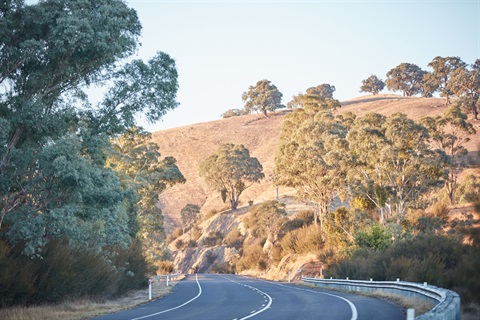Research funded by the Morrison Government and conducted by James Cook University may hold the key to stopping the spread of cane toads into the Northern Territory and protecting a range threatened species including the Northern Quoll from the highly toxic and invasive pest.
The $1.3 million program, which includes $570,000 in funding for the Government’s Northern Australia Environmental Resources Hub has found environmental DNA (eDNA) can be used detect the presence of a single cane toad for a few days after it arrives at a new location, even if it only visited a waterbody for as little as five minutes.
Cane toads have had a devastating impact on native biodiversity since their introduction in the 1930s to control harmful sugarcane pests. Now, a pest itself, the cane toad has spread throughout Queensland and the Northern Territory and parts of the Kimberley region in Western Australia.
Minister for the Environment Sussan Ley said that if left unchecked, cane toads may soon occupy two-million square kilometres of land in Australia.
“We need to do what we can to stop the spread of cane toads. They are lethal to Australia’s native fauna, particularly to the more than 13 native species that will consume the toads, including the Endangered Northern Quoll,” Ms Ley said.
“Toads, like other animals, shed DNA at places they visit. They need to hydrate often, so ponds and waterways are a perfect spot for scientists to gather water specimens to detect toad eDNA.
“This innovative new detection and tracking method will help our Indigenous Rangers and land managers stop the spread of toads in the Top End, Queensland and the Kimberley region, complementing our critical biosecurity work in Northern Australia and helping to us to invest money in the right places to deal with the threat.”
Cane toads are lethal to Australia’s native animals when eaten, causing population declines of more than a dozen native predator species in northern Australia, including the Northern Quoll and large reptiles like the goanna.
The Morrison Government recently committed $149 million for Phase 2 of NESP to continue climate and environmental science research, including about resilient landscapes, marine, coastal and climate systems, waste reduction and air quality.








